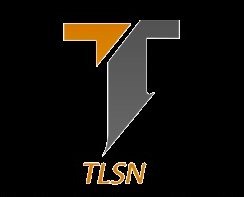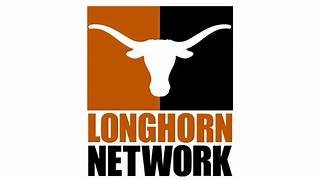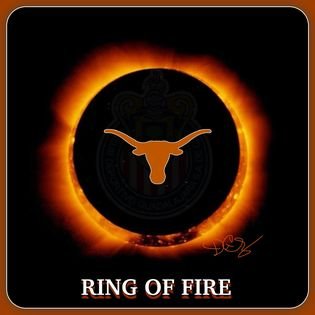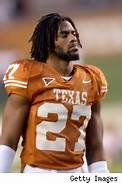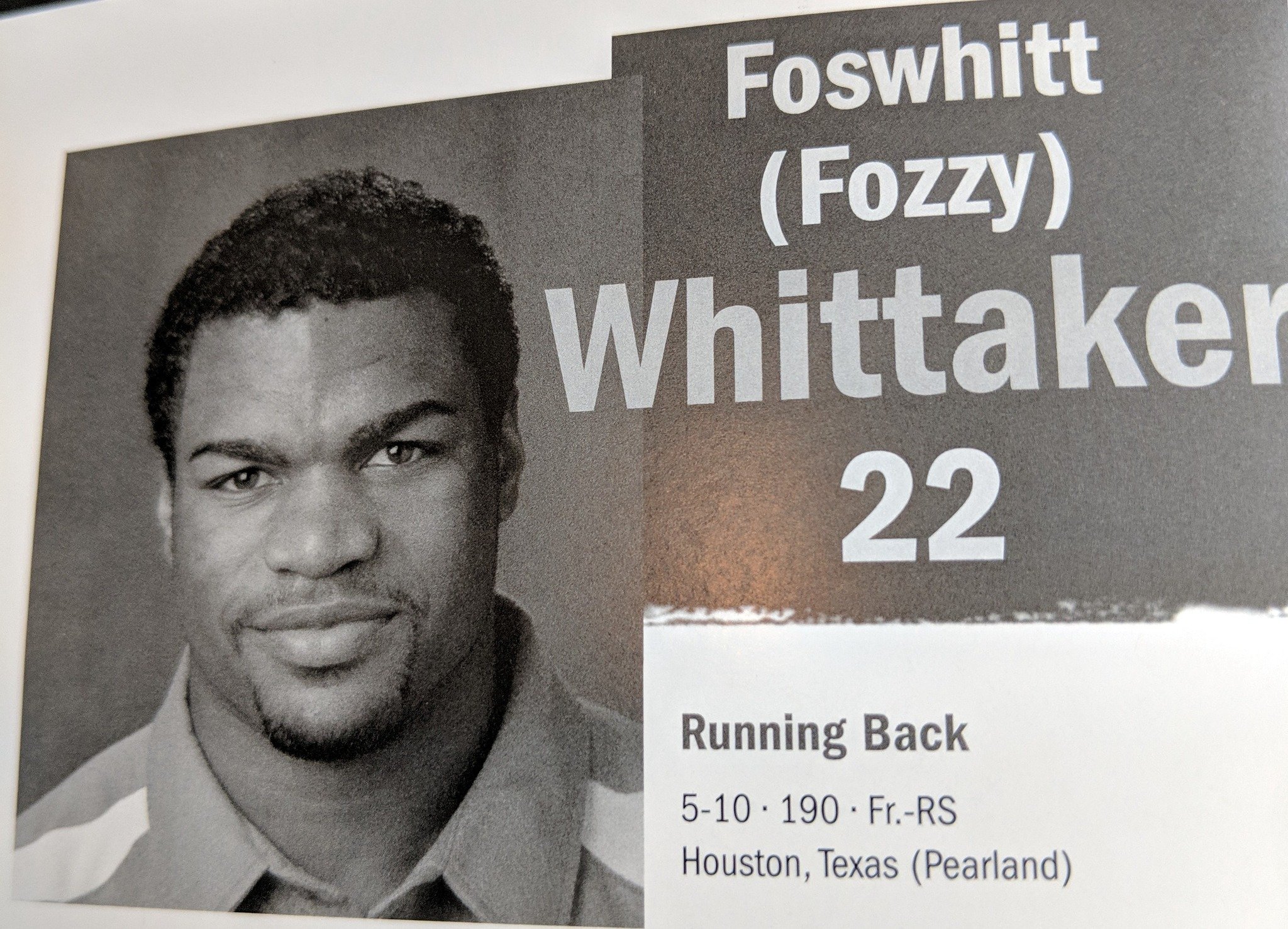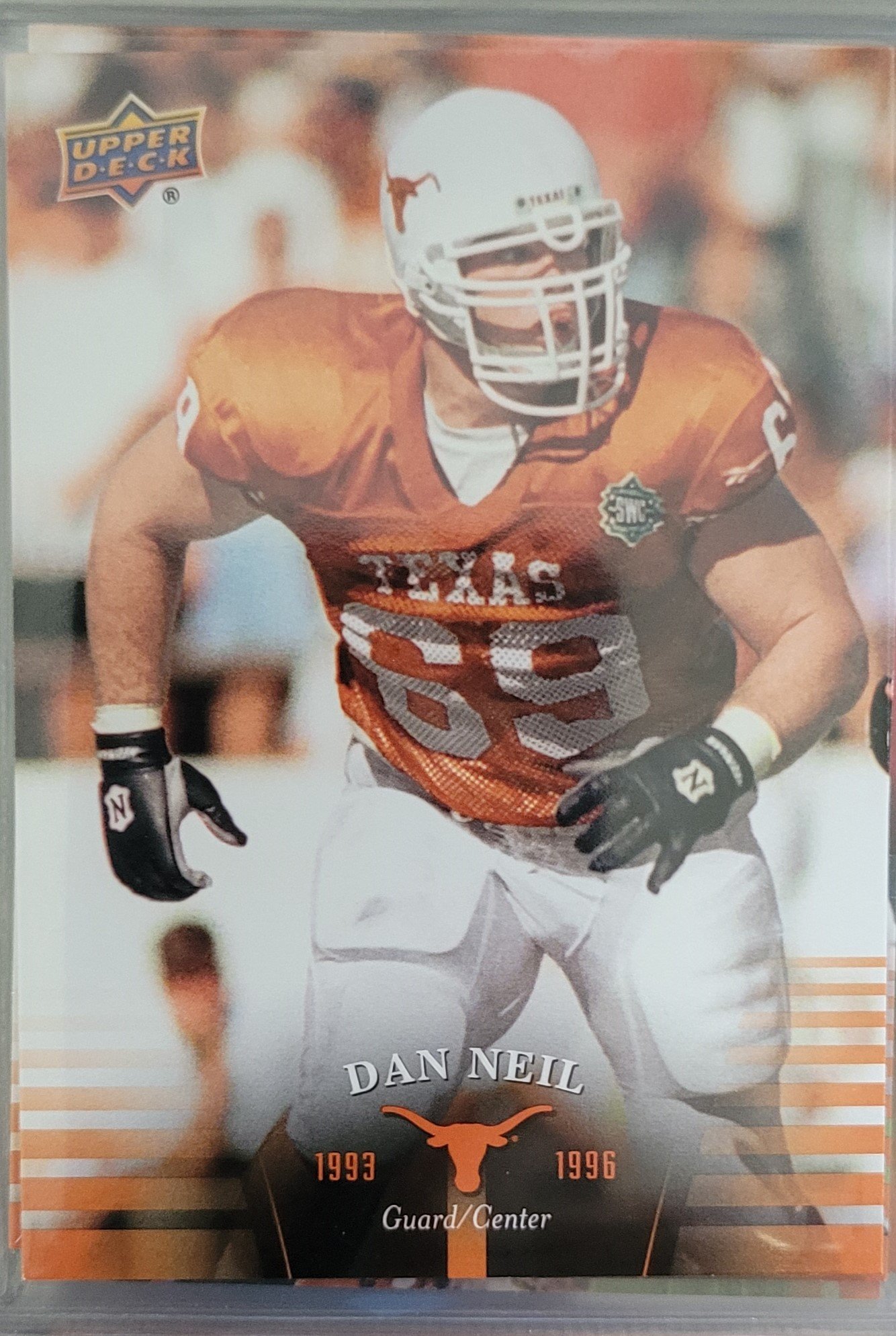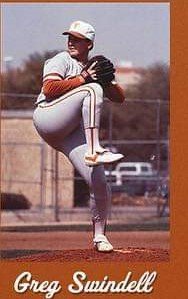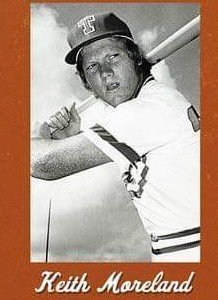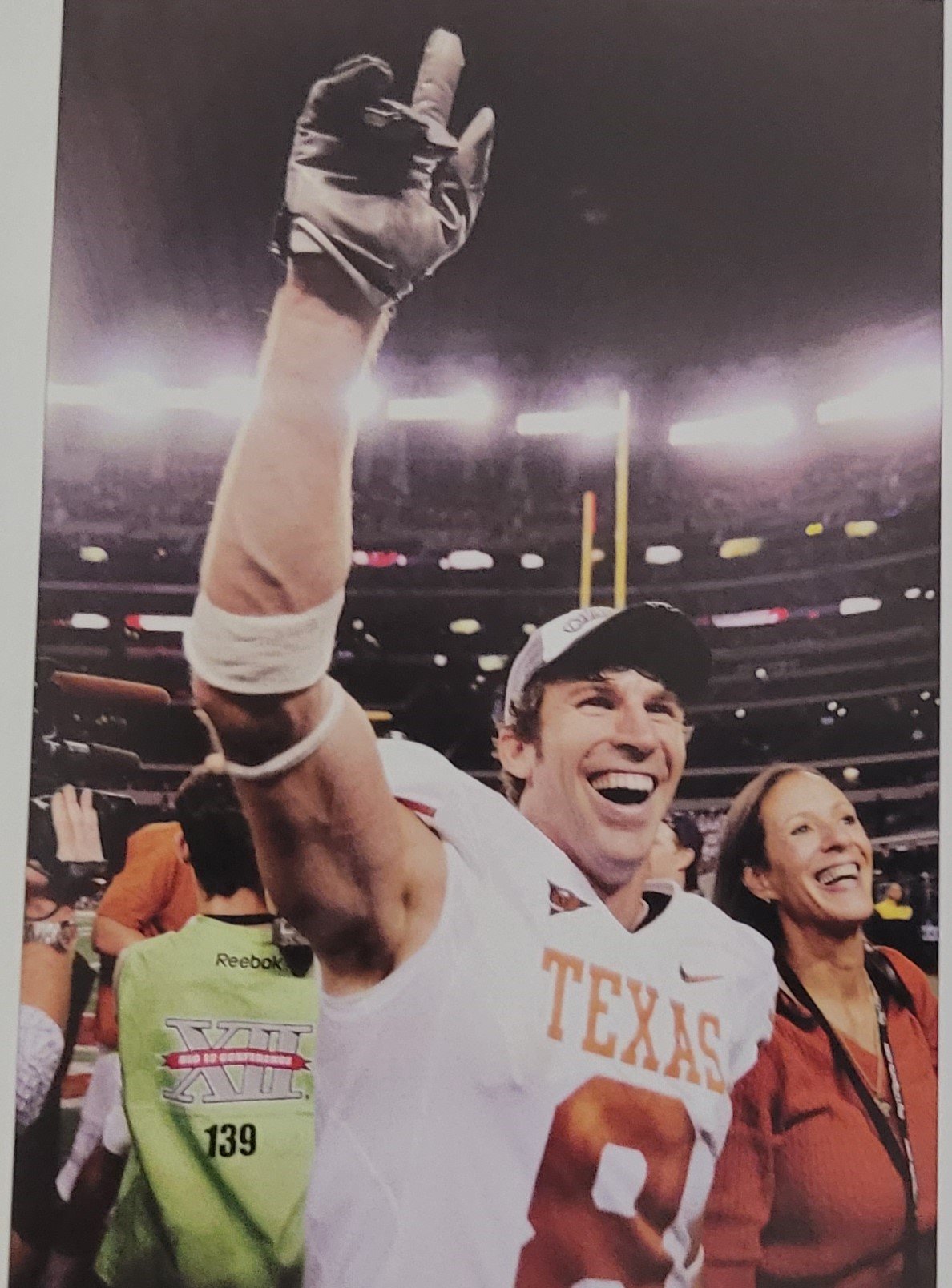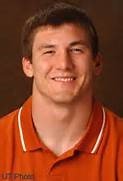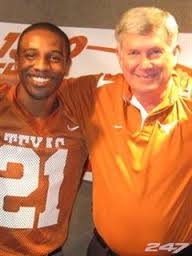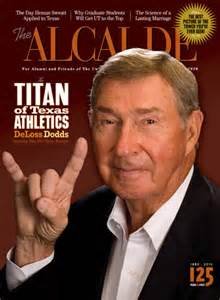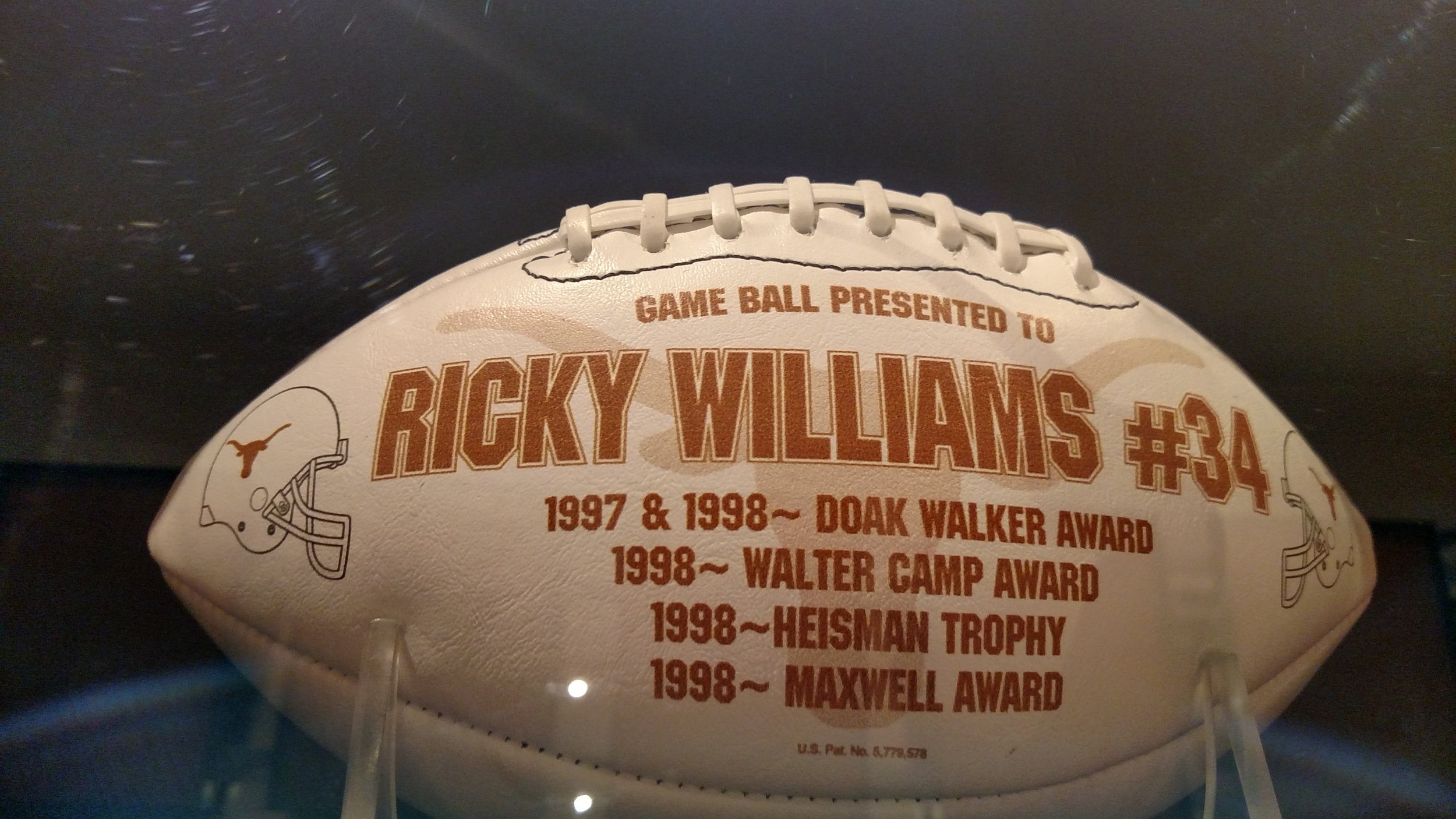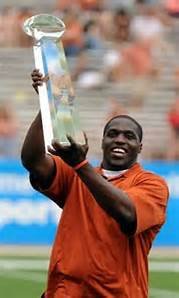LHN: Into The Burnt Orange Sunset
by Larry Carlson for https://texaslsn.org
DeLoss Dodds, Athletic Director at the University of Texas from 1981-2013, once famously snapped off a line that made the Longhorn faithful smirk and UT enemies boil. Asked something about "keeping up with the Joneses" in college sports, Dodds, self assuredly, swatted the concern as if it were a lazy, slow-moving housefly.
"We ARE the Joneses," Dodds said. Overseeing the capture of nineteen national championships and 287 conference crowns brings confidence. Smugness, perhaps.
And sometimes, oftentimes, the rich get richer.
Talk of a network for Longhorn sports came bubbling up to Dodds' Bellmont Hall office, one decade into a new millennium. At first, Fox Sports was thinking of investing $3 million per year for the rights. There was a hint at Texas A&M joining in with UT so that there would be enough content to justify existence of 24-programming, even heavy on re-runs.
But the Aggie decision makers weren't in the mood.
Quickly, ESPN got serious about the plan. Texas football had been riding high. It was the Gibraltar of collegiate pigskin programs, having recently rolled to nine straight 10-win seasons. A bad dream of a 5-7 season in 2010 seemed no cause for worry.
The broadcast behemoth offered up $15 million annually for a twenty-year contract to air Longhorn sports coverage. All sports, not just football. Lots of gamecasts for baseball softball, volleyball, men's and women's hoops. Even Dodds later confessed to being more than pleasantly surprised by what was on the table.
Other schools were in disbelief. Especially those who competed against UT.
Nebraska had already had its fill of Texas and the Big XII. Cornhusker operatives griped regularly about a perceived burnt orange favoritism in the league. Instead of keeping up with "the Joneses," Nebraska opted out for the Big Ten.
The Aggies, weary of a century in the Texas-sized shadow of UT, might well have considered the birth of ESPN's Longhorn Network to be the last straw that Texas always wielded to stir every big deal.
A&M and Missouri, like Nebraska and Colorado before, were getting out of Dodge.
First, they would have to co-exist and compete against the Horns for the
2011-12 school/sports year. Mack Brown was in his 14th season on the Forty Acres. Augie Garrido, already the winningest D-I college baseball coach, still loomed large at Disch-Falk Field, and ultra-successful Rick Barnes was UT's head of the hardwood. Texas was loaded for bear in the big sports. And the Olympic sports and "country club" sports were positioned even better. Dominant.
Flash forward thirteen years. ESPN, committed to first-class coverage of virtually every sport at Texas, got stuck with a decade of futility in the sport that mattered most. Haters, and there are many, could laugh derisively about UT's "ESPN jinx." Longhorn football endured three losing seasons under head coach Charlie Strong.
Five years later, Steve Sarkisian, already the third coach to follow Brown, launched another ship that sank in the 2021 season with just five wins. At last, to bring the curtain down on LHN's final football campaign, Sark's third UT edition of Horns won a dozen games and came within one pass of an appearance in the FBS title game.
Through it all, anchors such as Lowell Galindo and Alex Loeb delivered remarkably insightful and entertaining pre-game content, coaches' shows, player profiles and more for not just "the revenue sports." They spotlighted championship teams in volleyball, softball, tennis, and more, humanizing Texas athletes and mentors while steadfastly emphasizing fair coverage and avoiding "homer-ism" on "Texas GameDay" football settings.
This was ESPN, after all, not hometown radio/TV hype. Not every opponent was touted as a Goliath, not every Texas touchdown hailed as if VY were again beating the Trojans. If Longhorn fans wanted rah-rah content, they instead saw and heard up-and-coming journalists – Kaylee Hartung and Samantha Steele Ponder come to mind – well prepared to report, and former players unafraid to analyze and criticize.
Numerous Longhorn greats have put in time at the LHN broadcast booth. Among them are Vince Young, Rod Babers, David Thomas, Jordan Shipley and Ahmad Brooks. Last season's crew included NFL veterans Fozzy Whittaker, Michael Griffin and Brian Robison. Griffin and Robison were key players for UT's 2005 national champs and Whittaker played on the superb Texas teams in 2008 and 2009. This writer's personal favorites, based on their keen analysis and sometimes brutal honesty are Dan Neil, Ricky Williams and the aforementioned Michael Griffin. Williams, I believe, could have parlayed his perceptive takes, astute observations and wit into a career on The NFL Today, had he so desired. And Sam Acho, now a star in the studio for ESPN, got his broadcast start at LHN, flashing his trademark enthusiasm, brainy understanding and plain-spoken wisdom.
Many followers of Longhorn Network are regular viewers of the SEC Network and can expect some of the regulars – Galindo, Loeb and Whittaker, in particular – to be folded into the SEC coverage beginning this summer and fall. Texas baseball fans are hopeful that the easygoing yet highly intelligent observations of Keith Moreland and Greg Swindell will continue to highlight TV coverage of the Horns as they navigate Southeastern Conference hardball.
It's long been UT's slogan that "What Starts Here...Changes The World."
Texas got a windfall of substantial money from ESPN for more than a decade, though "Bevo Warbucks" was never slim in the wallet. The exposure the university and its teams and athletes received, though, was unprecedented in college sports. Sure, Notre Dame had its NBC deal for football but the visibility the Horns reaped across all sports cannot be underestimated. It will never be duplicated, either.
Consider LHN the perfect springboard into the SEC. Time for the network to lope off into a burnt orange sunset. Because a new dawn is coming.
(TLSN's Larry Carlson teaches sports media at Texas State University and lives in his hometown of San Antonio. He is a member of the Football Writers
Association of America.)
TLSN TLSN TLSN TLSN TLSN
